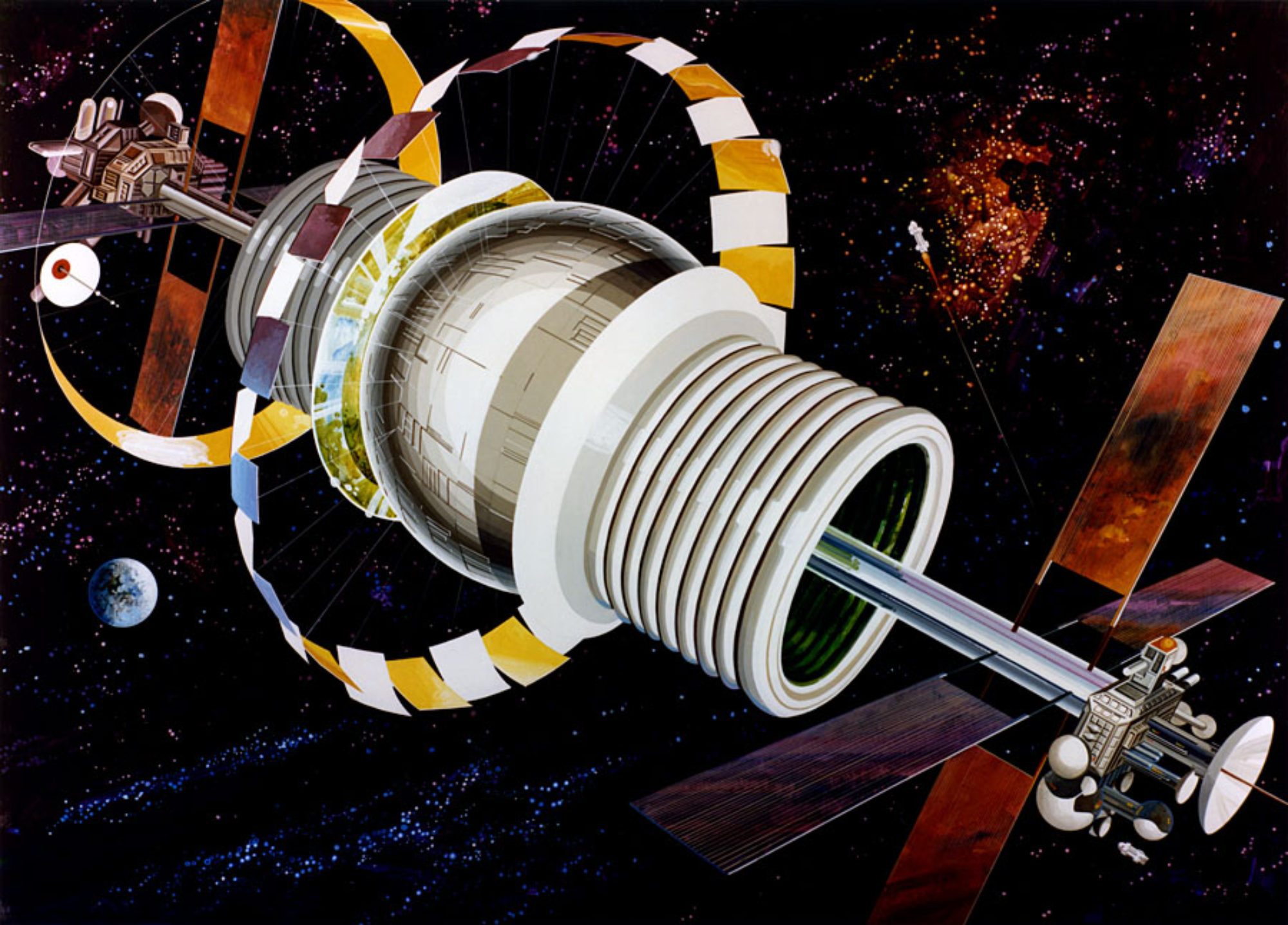
The United Kingdom’s Department of Business, Energy and Industrial Strategy (BEIS) is commissioning a study by the engineering consultancy Frazer-Nash on the feasibility of space-based solar power for delivery of clean, emission free energy to the country’s electrical power grid 24 hours a day. The study, announced on the Frazer-Nash website, will provide an impartial assessment for the government of the engineering viability, budget and economic benefits of space-based solar power for the UK. Frazer-Nash will partner with Oxford Economics, a global forecasting and quantitative analysis company.
Some key challenges expected from the investigation include: a realistic analysis of the scale of the engineering undertaking to build a satellite of such magnitude in space; can the economics justify the effort to be competitive with other sources of power generation; and finally, what are the international regulatory implications of radio frequency spectrum allocation?


Hi John,
you are running an excellent blog, with very relevant and timely articles – keep up the good work!
A very minor complaint: the text under the picture in this articles states that the SSP will deliver energy only during daylight ours. But the goals of the SSP stated in the study (on Fraser-Nash webpage) indicates that the purpose is to deliver solar energy from space 24/7 om a yearly basis.
Hi
Thanks for your comment. Fraser-Nash had several illustrations depicting delivery of wireless power in daytime as well as night. I happen to post the one that was during the day. That said, I can see how this could be misunderstood as only delivering power during the day and not 24/7. I’ll clarify the text under the illustration. Thanks again for your feedback!
John